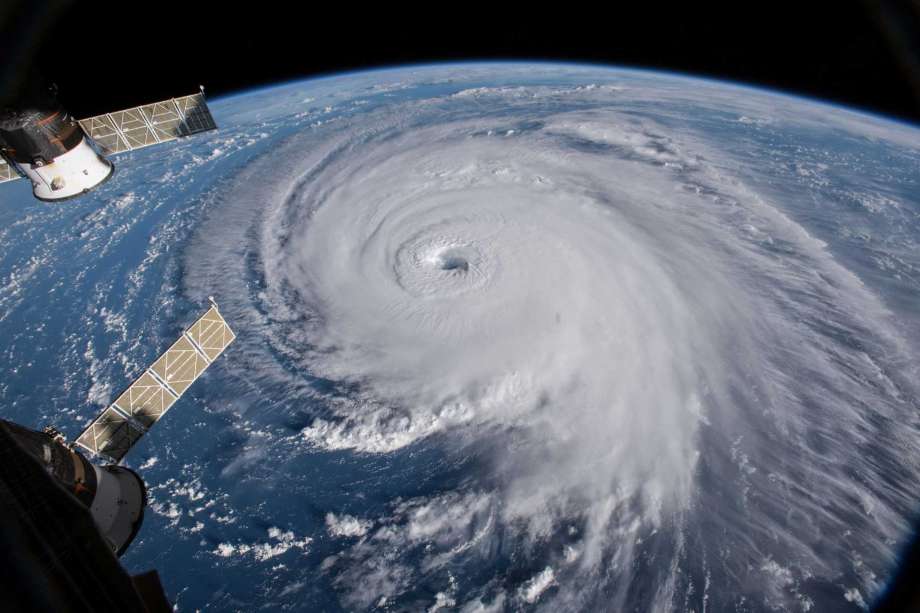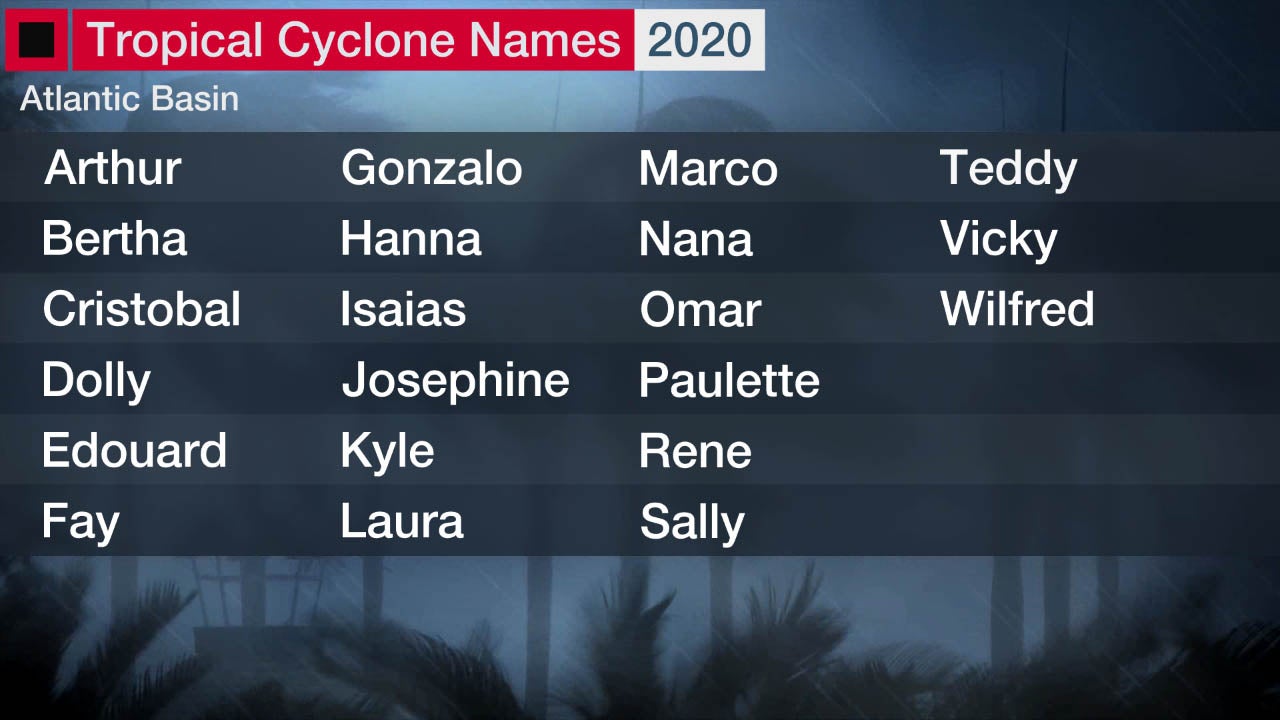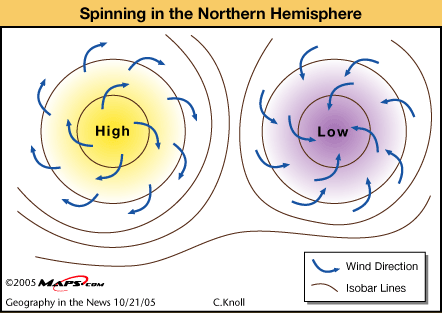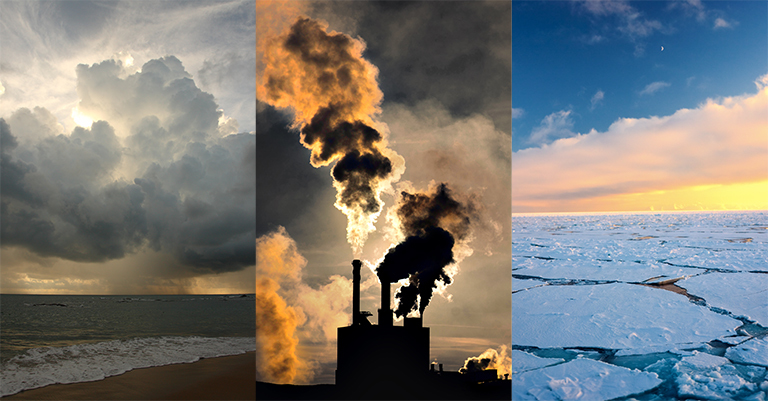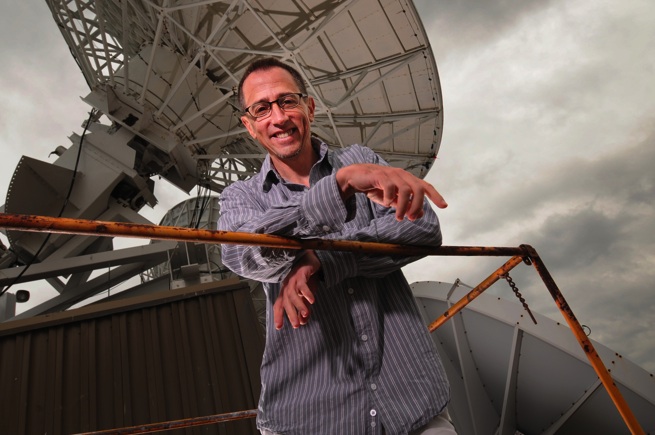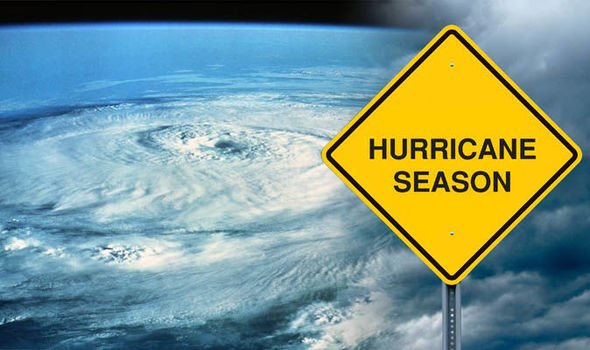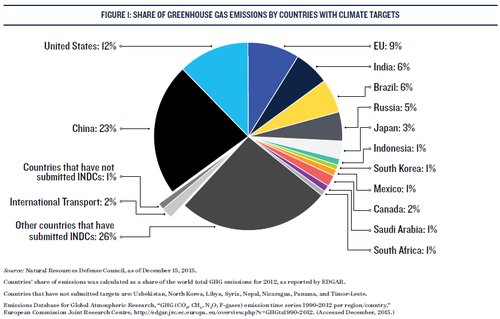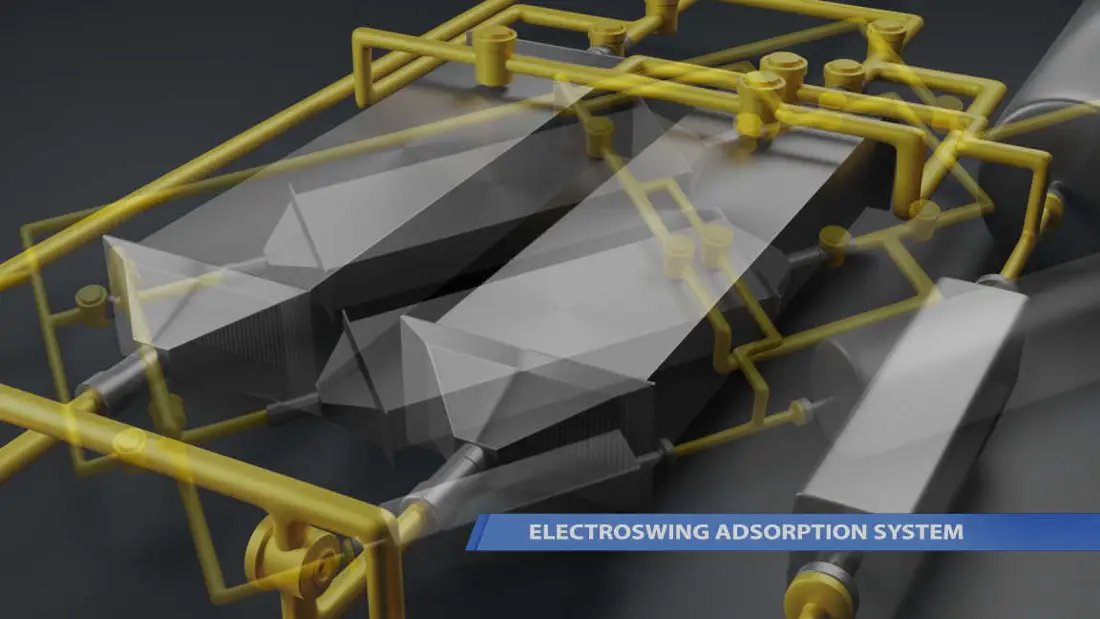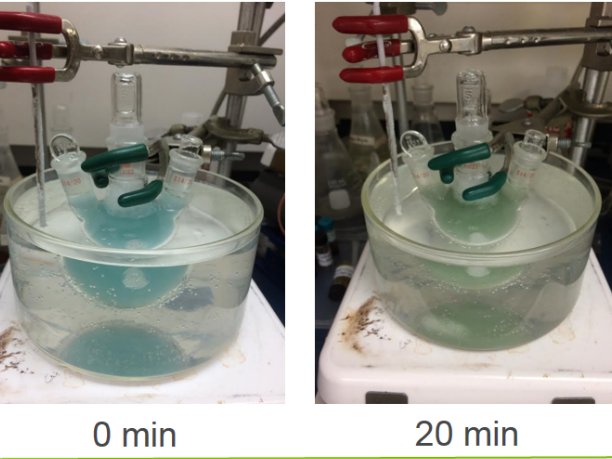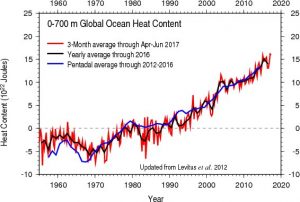It was only three months ago, 27May2020, that I published a post discussing how the 2020 hurricane season was shaping up to be a very active one. The official estimates at that time from both Colorado State University’s Tropical Meteorology Project and the National Oceanographic and Atmospherics Administration (NOAA) were predicting around 15-20 named storms with 8-10 becoming hurricanes and 3-5 turning into major hurricanes.
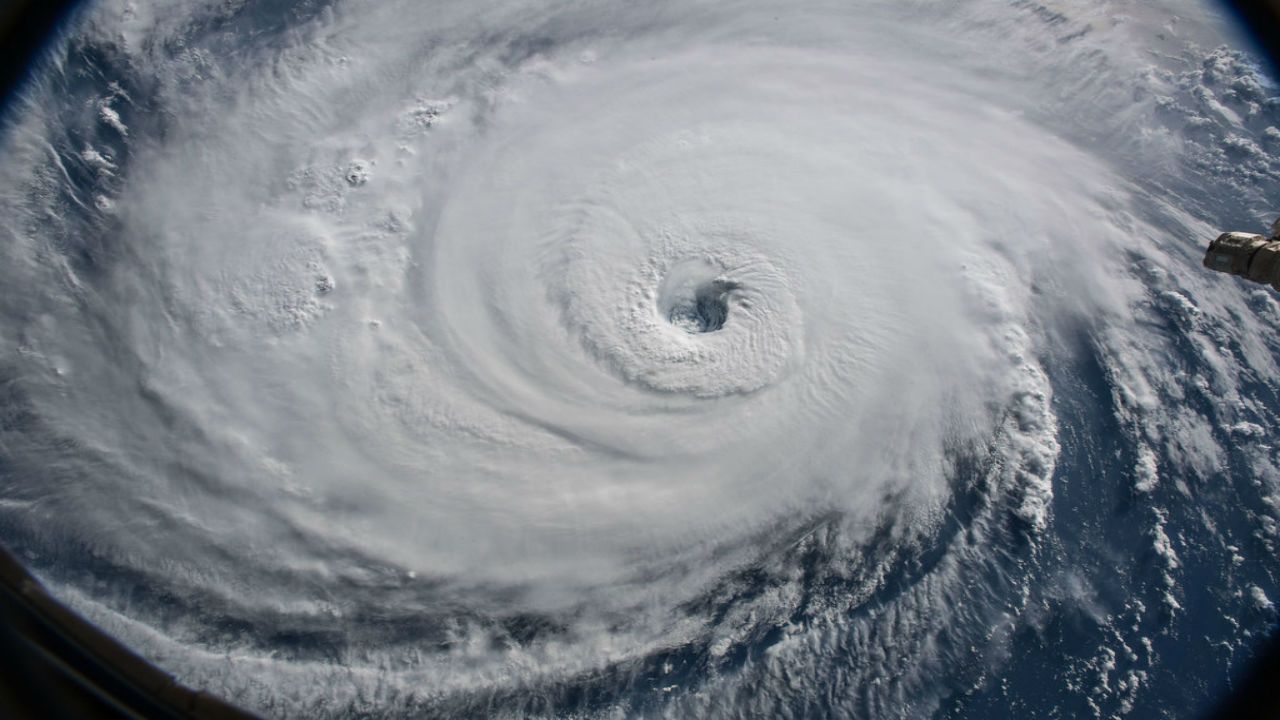
Those predictions have already been proven to be conservative. We are still not through August and there have already been 12 tropical storms, five of which have developed into hurricanes. As I write these words Tropical Storm Marco, downgraded from a Cat1 hurricane, has battering the state of Louisiana while hurricane Laura, just upgraded to Cat3, is headed for almost the exact same area of the gulf coast. And the next month and a half is usually the busiest part of the Atlantic hurricane season.
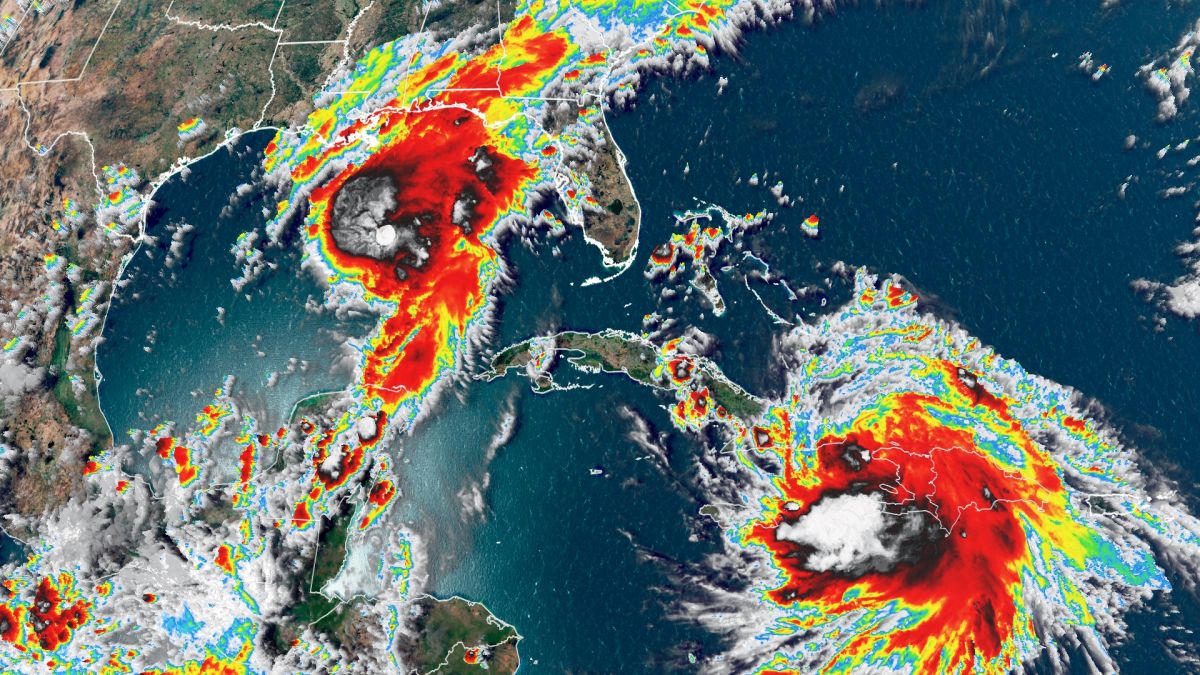
It’s not surprising therefore that the same institutes that made those predictions three months ago have reevaluated their estimates and are now publishing the most dire forecast in the history of hurricane studies. The meteorological team at Colorado State University now estimates that the 2020 hurricane season will consist of 24 named tropical storms of which 12 are likely to become hurricanes with 5 developing into major hurricanes.
If that forecast turns out to be accurate it would make the 2020 season the second most active in recorded history, surpassed only by the 2005 season which saw 28 named storms, including hurricanes Katrina and Wilma. And since hurricane forecasters only select 21 names for storms each year, the letters Q, U, X, Y and Z are not used to name storms, if there are 24 named storms meteorologists will be forced to use Greek letters to identify the last three instead of names, again something that has only ever happened once back in 2005.
So why is this year already so active, and what conditions are the meteorologists seeing that made them redo their forecasts. Well one factor that often inhibits the formation of hurricanes is a strong El Niño in the eastern Pacific Ocean. The strong winds developed by El Niño can produce wind shear that disperse low pressure systems in the Atlantic before they can even develop into tropical storms. This year however there is absolutely no trace of El Niño, a condition that will allow storms to grow unchecked.
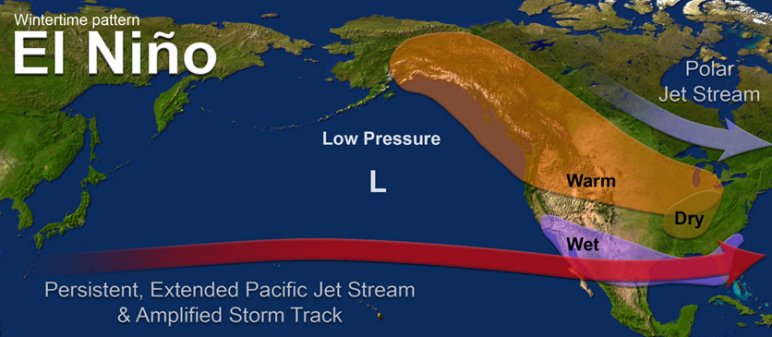
At the same time low-pressure systems moving westward off of North Africa are stronger than usual because of exceptional rainfall amounts in the Sahel region of Africa between the Sahara Desert and the Congo rainforest. This region generates almost 90% of the low-pressure systems that develop into tropical Atlantic storms and this year the excess rainfall is making them particularly intense.
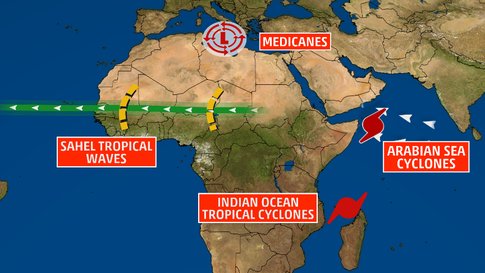

But of course the biggest factor in generating tropical storms is simply the temperature of the waters of the Atlantic Ocean and Gulf of Mexico both of which are at or even beyond historic levels. Warm tropical waters evaporate more quickly, putting not only more water but more energy into those low-pressure systems coming from Africa, leading to more, and more powerful storms.
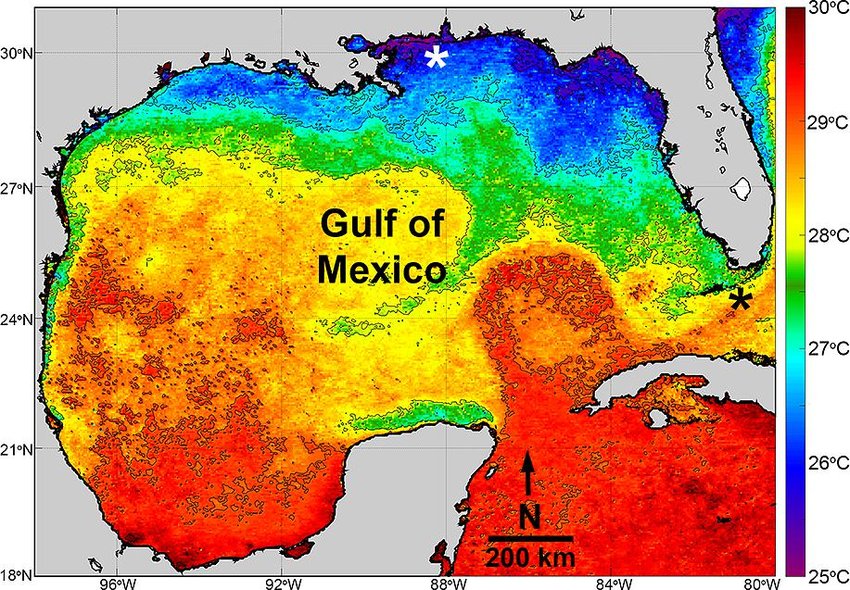
And what is it that’s making the waters of the Atlantic and Gulf warmer than ever observed before? Well if you haven’t already guessed Global Warming where have you been the last 20 years? Seriously the conditions caused by our continued, reckless emissions of carbon dioxide have grown beyond the point of causing ‘Slightly Higher Averages’ so that now nearly every year is noticeably hotter they were just 20 years ago.
This increase is occurring both globally and locally. For example, here in Philadelphia this past winter we had a very warm winter with no snow accumulation at all and right now we are enduring our 34nd day of +32ºC (+90º F) temperatures, our average is 22 days. The entire west coast of the US is currently suffering through a heat wave on a scale never seen before, hundreds of all time high records are expected to be broken while the wild fire season is already turning out to be especially destructive. In fact the National Weather Service has for the first time ever issued a warning for ‘Fire-Nadoes’, tornadoes generated by the extreme winds in a massive. Meanwhile the temperature in Death Valley was recently measured at 54.4ºC (130º F), the highest reliably recorded temperature ever in the entire world.
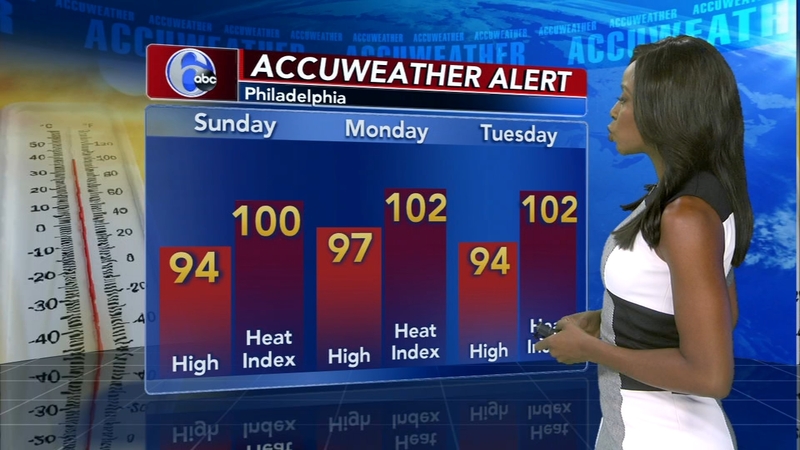
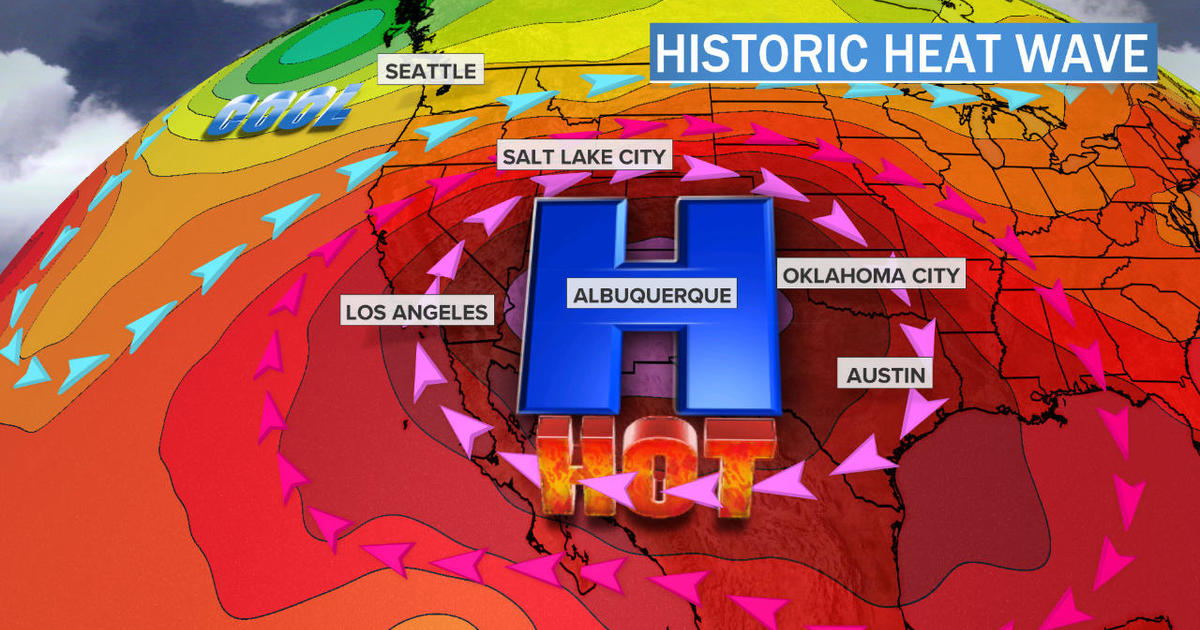
Globally last year, 2019 was the second hottest ever recorded, coming in only slightly below 2016. In fact according to NOAA 9 out of the ten hottest years ever recorded have come in the last 15 years. A team of climatologists working in Greenland have recently announced that, in their opinion the glaciers there are beyond the point of no return.
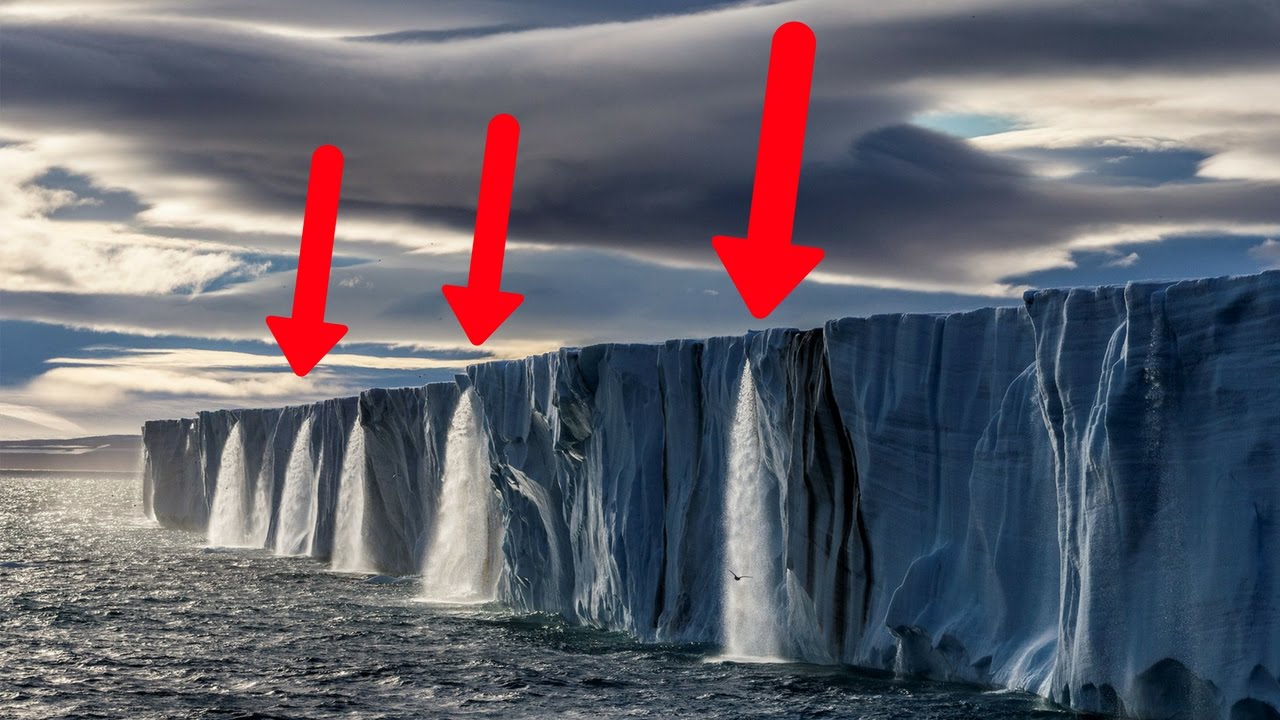
So I guess the question is how much more destruction is the environment going to have to cause before we’ll finally start to pay attention. Personally I’m beginning to fear that even a disaster on the scale of the sinking of Miami might not be enough, after all Katrina and New Orleans in 2005 weren’t. Currently millions of Americans are doing everything they can to ignore the worst epidemic to hit this country in 100 years. I’m almost certain they can find excuses to keep on ignoring climate change even as it’s blowing down their homes!

